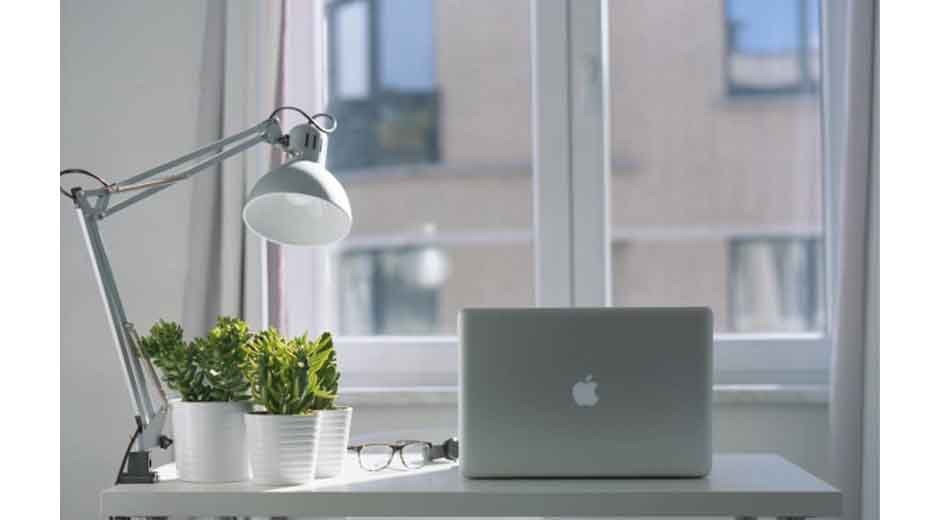Ever walked into your home and felt the air was heavier than it should be? It could be last night’s cooking or that stubborn “old house” scent. With more people staying indoors due to remote work and extreme weather, what we breathe inside matters more than ever. Across the U.S., wildfires, early pollen spikes, and urban smog have made air quality a pressing issue. Even in Austin, rapid growth, construction dust, and seasonal allergens turn indoor air into a daily concern. This isn’t just about comfort—it’s about health, productivity, and keeping home a place of relief, not irritation.
In this blog, we will share practical ways to improve the air you breathe indoors while connecting these steps to larger patterns shaping life today.
Why Indoor Air Quality is Getting More Attention
We used to think of air pollution as an outdoor problem. You’d imagine traffic jams in Los Angeles or industrial smoke stacks. Yet the Environmental Protection Agency has pointed out that indoor air can be two to five times more polluted than what’s outside. That’s because modern homes, with their tight insulation and energy-efficient designs, trap pollutants inside.
The shift toward hybrid and fully remote work means people are spending more hours breathing this recycled air. Add in recent wildfire smoke events drifting hundreds of miles, and even people in unaffected states are realizing their homes aren’t sealed off from the outside world. Indoor allergens—like pet dander, mold spores, and dust mites—are the repeat offenders. But now, outside pollutants are sneaking in to join the party.
It’s more than a matter of health—it’s about how you feel and function every day. Problems like headaches, low energy, and breathing irritation can disrupt work and daily routines. This has led more people to turn to reliable HVAC services in Austin for systems that go beyond temperature control, delivering cleaner, well-circulated air. For many homeowners, true comfort now includes a healthier indoor environment.
The Role of Everyday Habits
Technology can help, but your daily routine plays a bigger role than most realize. A spotless-looking living room can still harbor pollutants if the wrong cleaning habits are in place. Many store-bought cleaners release volatile organic compounds, or VOCs, into the air. These chemicals can linger for hours and cause irritation. Switching to fragrance-free, low-VOC products makes a noticeable difference.
Open windows when weather allows, but be strategic. If pollen counts are high, morning or evening ventilation might be better than midday. During wildfire smoke events, keep windows closed and rely on filtration instead. It’s about knowing when fresh air is actually fresh.
Cooking is another overlooked source of indoor air pollution. Gas stoves, in particular, release nitrogen dioxide and carbon monoxide. Using an exhaust fan that vents outside, not just recirculates air, can reduce these risks. For anyone who’s ever cooked bacon and still smelled it two days later, this is also a sanity saver.
How to Make Smart Equipment Choices
Air purifiers have become a trending home gadget in recent years, and for good reason. The key is knowing what to look for. HEPA filters are considered the gold standard for trapping particles like dust, pollen, and pet dander. Units with activated carbon can also reduce odors and volatile compounds.
If you’re upgrading your central system, high-efficiency filters with a MERV rating of 13 or higher can capture even finer particles. But here’s the catch: these filters can also restrict airflow if your system isn’t designed for them. This is why consulting a professional before making big changes matters.
Dehumidifiers are another tool worth considering, especially in basements or bathrooms. Keeping indoor humidity between 30% and 50% can help prevent mold growth. On the flip side, in dry climates, a humidifier can keep skin and respiratory passages from drying out, which helps your body’s natural defenses work better.
Keeping Your System Clean and Efficient
Even the best system won’t help if it’s clogged with dust. Replacing filters regularly—every one to three months for most homes—is the simplest and most effective habit. People often skip it because it feels like a chore, but a dirty filter makes your system work harder, drives up energy bills, and circulates debris back into the air.
Professional duct cleaning can help in homes with significant buildup, especially after renovations. Construction dust can settle deep in vents and get blown around for months afterward. Regular maintenance checks can also catch issues like leaks, which may allow unfiltered air into the system.
It’s not glamorous work, but it’s the kind of behind-the-scenes care that keeps a home healthy and comfortable. Think of it as flossing for your house—it’s not exciting, but you’ll be glad you did it when problems don’t show up later.
The Bigger Picture
Improving your home’s air quality is also part of a bigger social and environmental shift. As climate change drives more extreme weather, indoor environments will increasingly serve as our main shield against outdoor hazards. Homes aren’t just places to sleep; they’re workplaces, gyms, classrooms, and entertainment hubs.
Cities and states are starting to address air quality on a policy level. Some are setting stricter building codes for ventilation, while others are investing in public health campaigns. But individual actions—like improving your own living space—add up when enough people take them. Cleaner indoor air means fewer sick days, lower healthcare costs, and better overall quality of life.
It also sends a quiet but powerful message: health isn’t just about diet and exercise. It’s about the invisible things we breathe every day. While debates rage about energy policies and carbon footprints, there’s a parallel conversation about making homes safer right now. This is one area where individual choice has immediate, tangible results.
The bottom line? Improving air quality at home isn’t a one-time fix. It’s an ongoing process that combines technology, habits, and awareness. Whether it’s choosing better cleaning products, upgrading filtration, or simply remembering to crack a window at the right time, each step creates a space that supports both comfort and health. The world outside may get messier, but the air inside can still be your own small victory.










